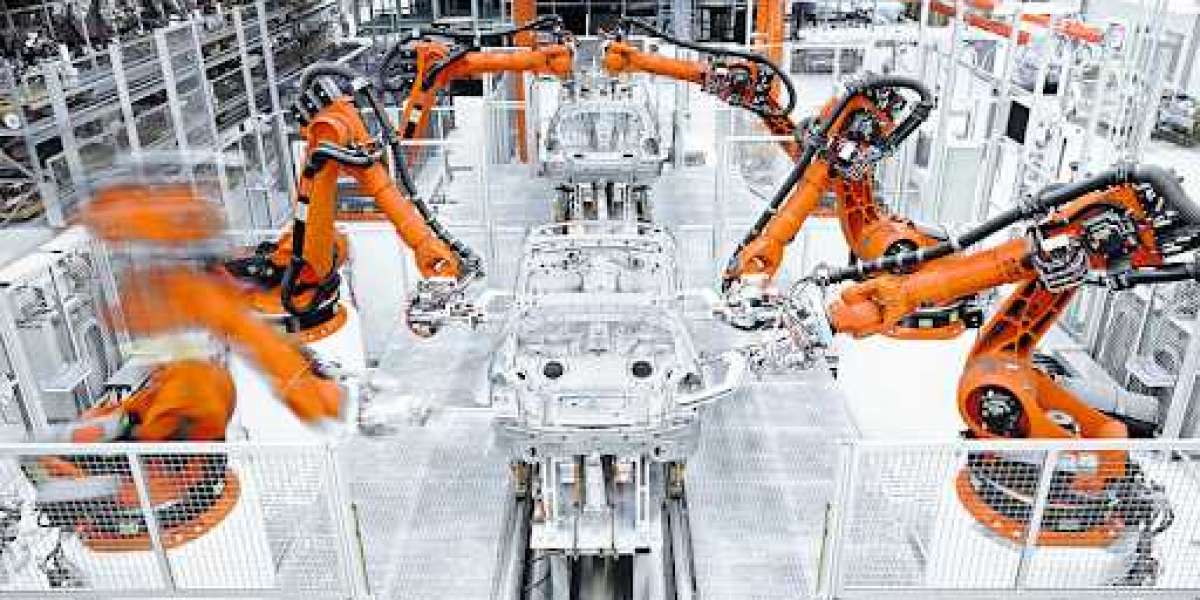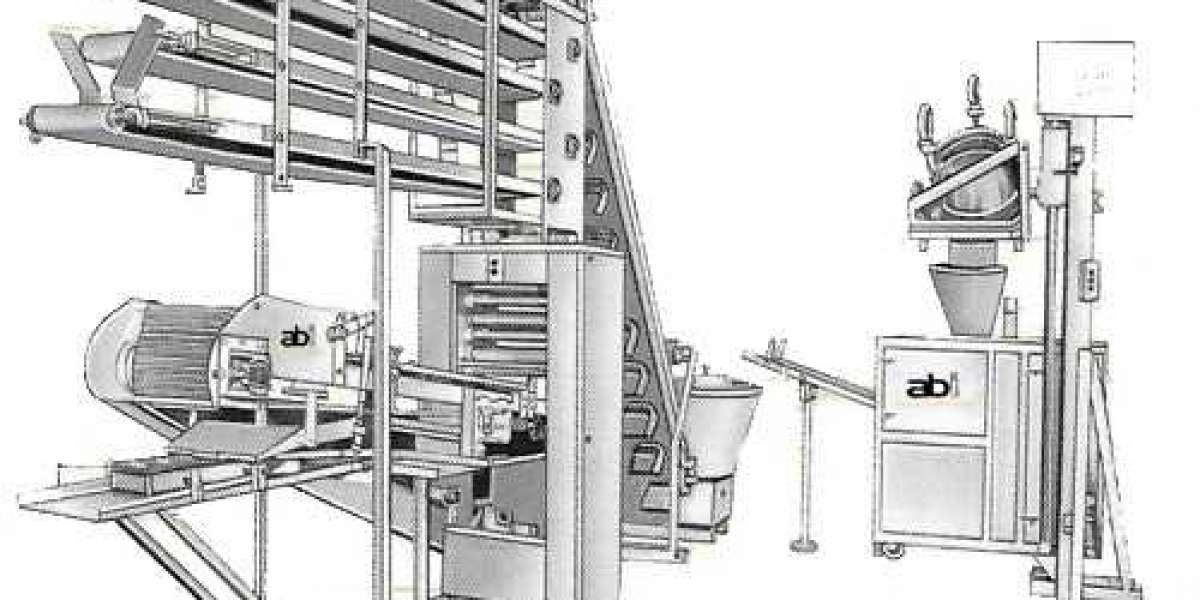Maximizing Output: The Path to Production Line Optimization
Production line optimization is crucial for businesses aiming to maximize output, minimize costs, and enhance overall efficiency. This article explores the journey toward production line optimization, including key strategies, benefits, case studies, best practices, and future trends.
Understanding Production Line Optimization
Production line optimization involves fine-tuning manufacturing processes to achieve higher output, better quality, and reduced waste. It encompasses various strategies aimed at streamlining workflows, improving resource utilization, and enhancing overall productivity.
Key Strategies for Production Line Optimization
Lean Manufacturing Principles: Implementing lean principles such as waste reduction, continuous improvement, and value stream mapping helps identify and eliminate inefficiencies in production processes.
Automation and Robotics: Leveraging automation technologies and robotics streamlines repetitive tasks, reduces labor costs, and enhances consistency and precision in production.
Workflow Analysis and Redesign: Analyzing workflow layouts, material flows, and workstation ergonomics enables the identification and elimination of bottlenecks, optimizing overall efficiency.
Predictive Maintenance: Adopting predictive maintenance techniques, including condition monitoring and machine learning algorithms, minimizes downtime by detecting and addressing equipment issues before they cause failures.
Supply Chain Optimization: Collaborating with suppliers to optimize supply chain processes, reduce lead times, and ensure timely delivery of raw materials and components enhances overall production efficiency.
Benefits of Production Line Optimization
Increased Output: Optimizing production lines leads to higher throughput and output, allowing businesses to meet growing demand without expanding capacity.
Cost Reduction: Streamlining processes and reducing waste lowers production costs, improving profitability and competitiveness in the market.
Enhanced Quality: Improved process control and consistency result in higher product quality, reducing defects and enhancing customer satisfaction.
Shorter Lead Times: Optimized workflows and reduced cycle times enable faster delivery of products to customers, improving responsiveness and customer service.
Case Studies and Success Stories
Case Study 1: A manufacturing company implemented lean principles and automation, resulting in a 25% increase in production output and a 20% reduction in lead times.
Case Study 2: A food processing plant optimized its production line layout and workflow, leading to a 30% decrease in waste and a 15% improvement in overall efficiency.
Best Practices for Production Line Optimization
Continuous Improvement: Foster a culture of continuous improvement, encouraging employees to identify and implement efficiency-enhancing initiatives.
Data-Driven Decision-Making: Utilize data analytics and performance metrics to identify areas for improvement and measure the impact of optimization efforts.
Investment in Training: Provide comprehensive training to employees on new processes, technologies, and best practices to ensure successful implementation and adoption.
Collaborative Approach: Involve cross-functional teams and stakeholders in the optimization process to leverage diverse perspectives and expertise.
Future Trends in Production Line Optimization
Advanced Analytics and AI: Increasing adoption of advanced analytics and AI enables predictive optimization, real-time monitoring, and autonomous decision-making in production processes.
Digital Twins: Digital twin technology allows for virtual modeling and simulation of production lines, facilitating predictive maintenance, scenario testing, and performance optimization.
Sustainability Initiatives: Growing emphasis on sustainability drives the adoption of eco-friendly production practices, renewable energy sources, and circular economy principles to minimize environmental impact and resource consumption.
Conclusion
Maximizing output through production line optimization is essential for businesses striving to remain competitive and profitable in today's dynamic market landscape. By implementing key strategies, leveraging technology, and fostering a culture of continuous improvement, organizations can unlock new levels of efficiency, quality, and productivity in their manufacturing operations.



